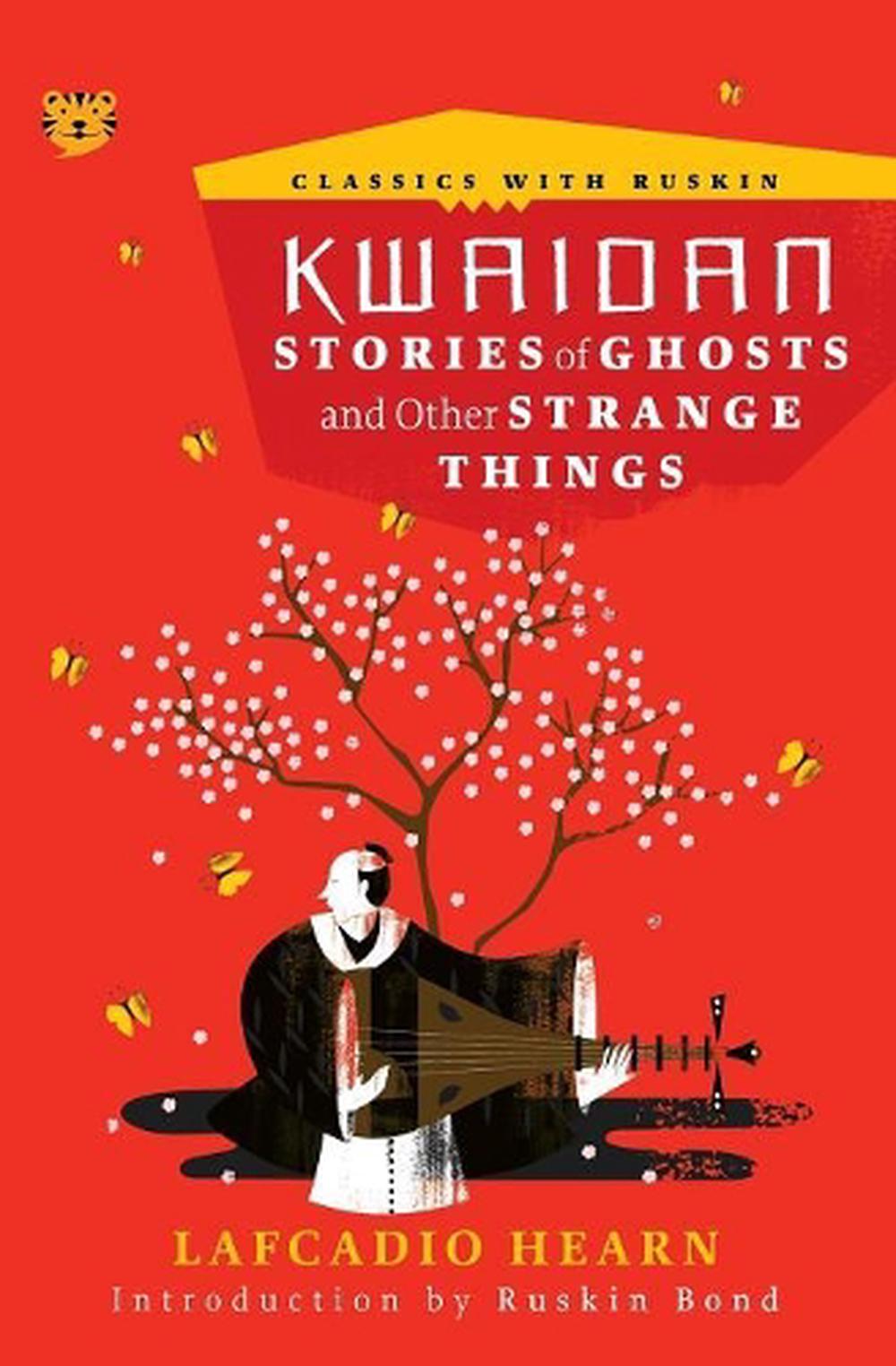

At the time this book was published in 1896, Japan was relatively unknown to the West. The first of these is Glimpses of Unfamiliar Japan. Later, Hearn becameĪmong the many books by Hearn in the rare books collection I found three notable books that Hearn wrote on Japan. He eagerly collected stories from theirįolklore for his books. With the country and continued to write while he lived in Japan. Hearn was sent to Japan for a story and after his arrival, the commission for New Orleans, covering not only crime but developing an interest in the Creole He wrote about the undercurrent of life in

Today, the “crime beat,” for a New Orleans newspaper. Hearn was a newspaper reporter who covered criminal stories, or as we might say three women tell the story of their time with Lafcadio Hearn, a globetrotting writer best known for his books about Meiji-era Japan.” The promotional description on Amazon’s website describes the book in this way: “The lives of writers can often best be understood through the eyes of those who nurtured them and made their work possible. After reading it, I found that I was already familiar with its subject, the writer Lafcadio Hearn (1840 – 1904), whose books are part of the WVU Library’s rare book collection.įrom reading the review I gathered that Truong’s book can be seen as an imagined conversation that relives moments in Hearn’s life, as spoken by the women who were important to him. This past weekend I lazily paged through a recent issue of the New Yorker magazine and found a book review for Monique Truong’s The Sweetest Fruits. Blog post by Stewart Plein, Assistant Curator for WV Books & Printed Resources & Rare Book Librarian


 0 kommentar(er)
0 kommentar(er)
